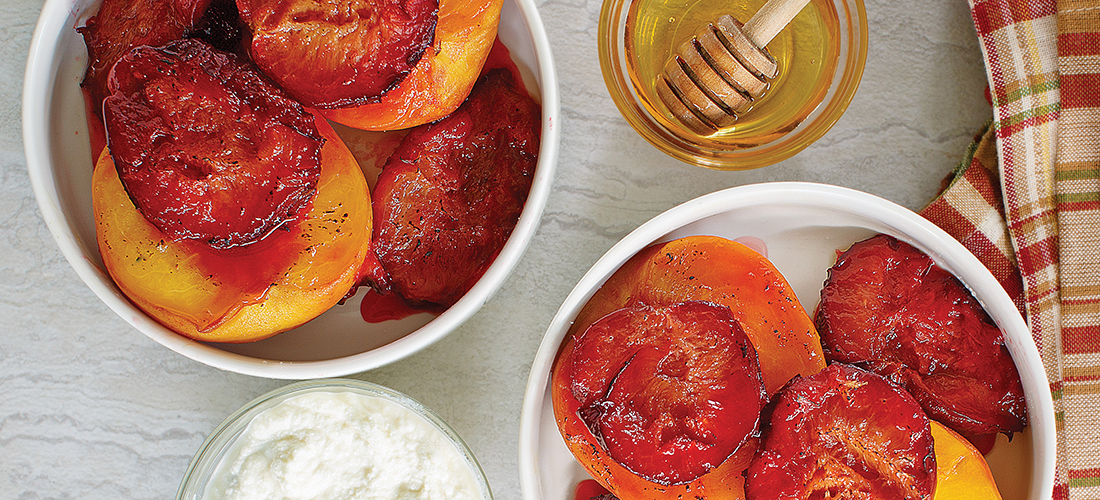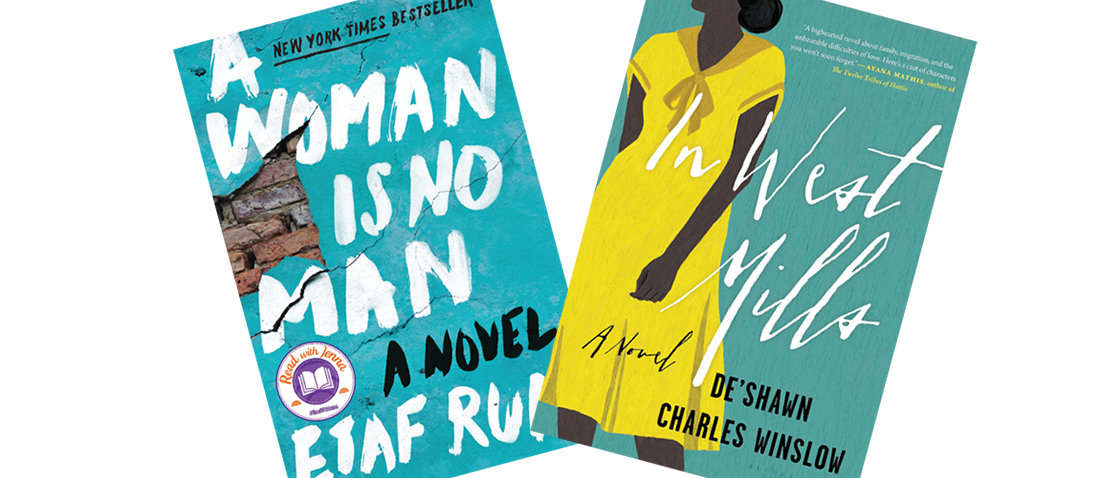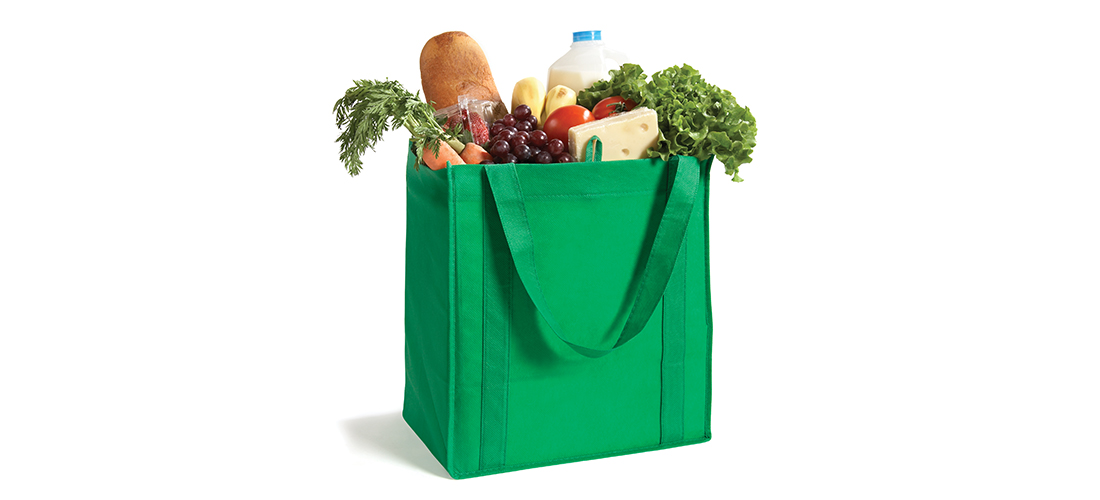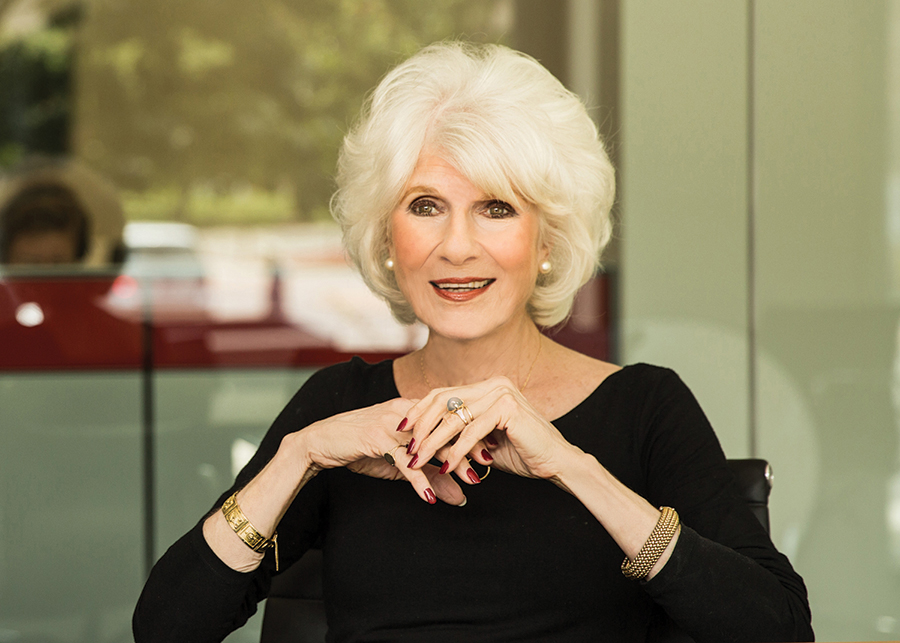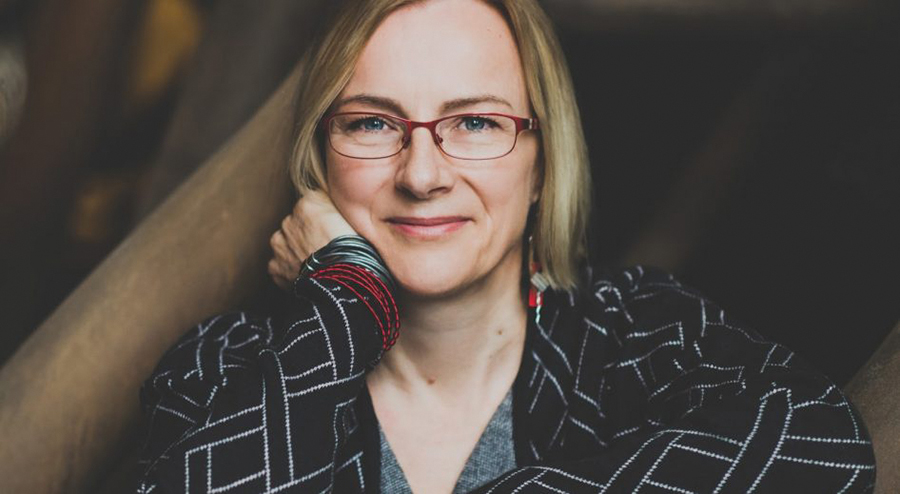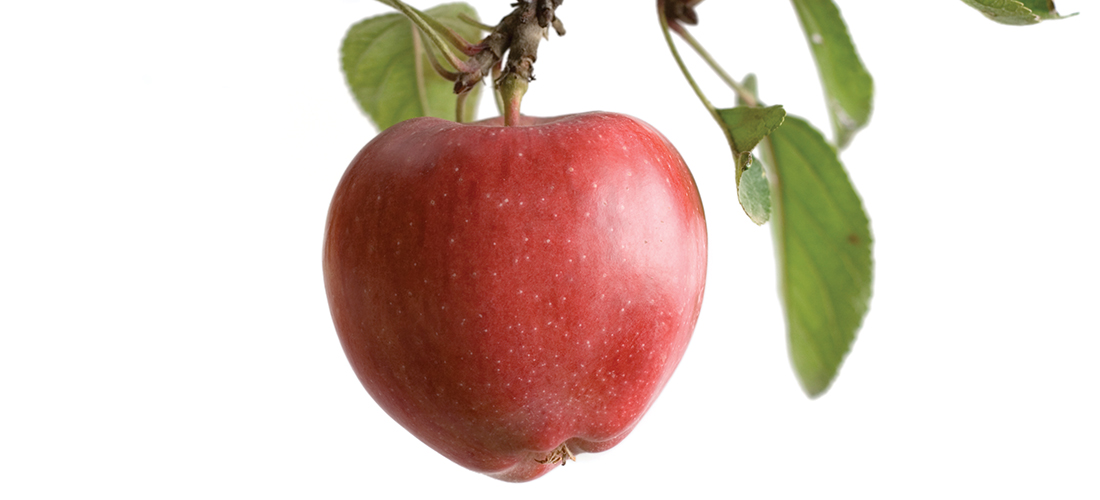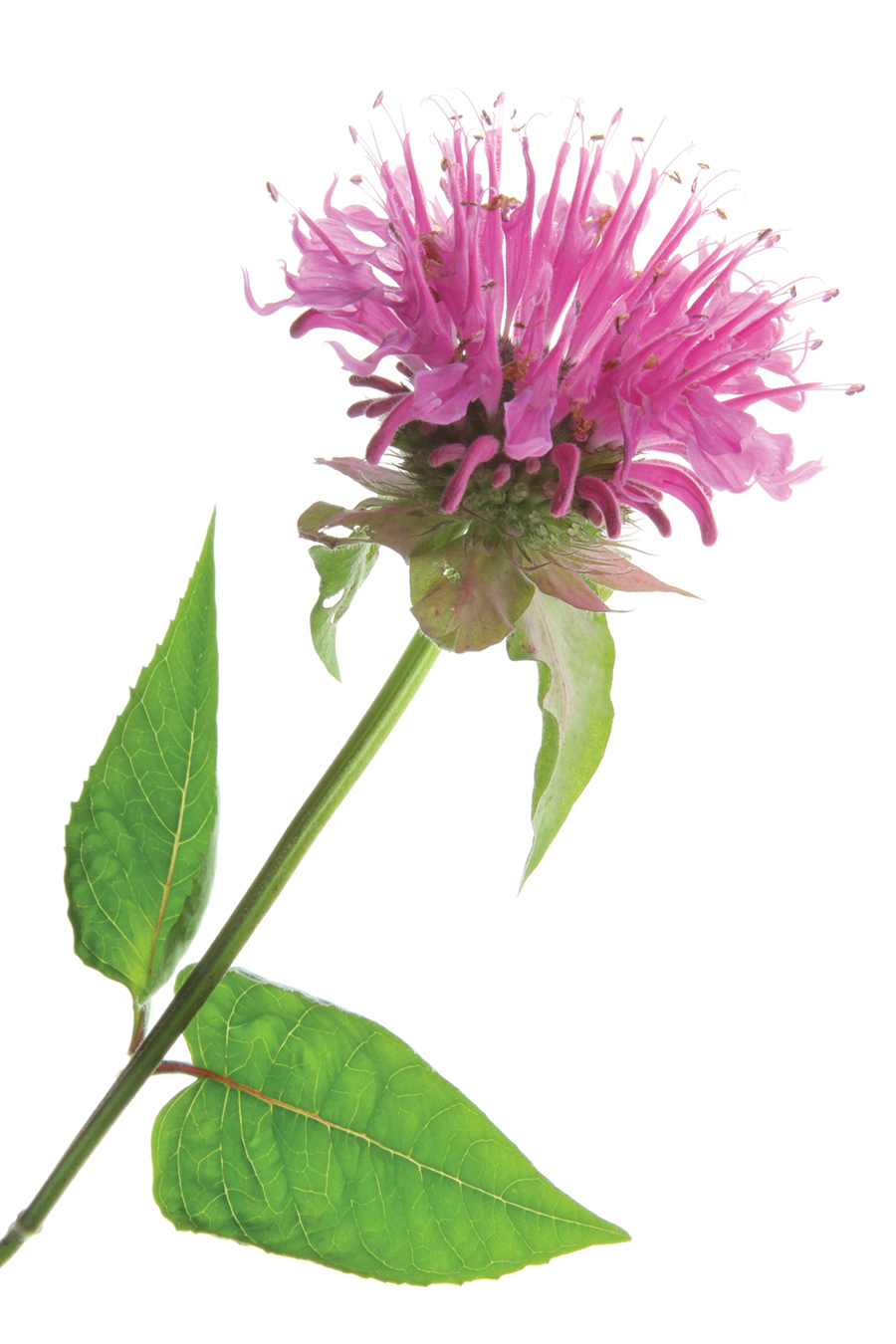Plum Crazy
America’s sudden passion for heirloom fruits and vegetables means glorious varieties like Santa Rosa and Mirabelle plums are widely available
By Jane Lear
One of my earliest food memories is of a high-walled garden somewhere along the Cape Fear. It belonged to friends of my parents, and while they sipped long cool drinks in the shade of a venerable live oak, I was allowed to explore and eat pretty much anything I could find. Blueberries, raspberries, the pears reached by shinnying up a knotted rope to a convenient branch. Figs, plump and sweet with ultra-delicate skins.
And there were wonderful plums. I found their thin, taut red skins and gold flesh mesmerizing. Their rich aroma and full-on sweet-tart flavor were a revelation, and their texture — well, after my mother tried one, it was the first time I heard the word “lush.”
Those beauts were worlds apart from the characterless supermarket plums that are so common today. For ages, I thought those plums I enjoyed as an 8-year-old couldn’t possibly have been as magical as I remembered.
Until, that is, about 15 years ago on a visit to northern California, when I first bit into a plum from Frog Hollow Farm. The cultivar was ‘Santa Rosa,’ I discovered, and I felt as though I’d found a long-lost friend.
Santa Rosa has a grand American history. It was bred in 1906 by the celebrated horticulturalist Luther Burbank (1849–1926) at his plant research center. Named for its birthplace, the plum is arguably his crowning achievement. It’s no surprise that our family friends, both enthusiastic home orchardists, would have gotten their hands on some trees.
The tight skin of a perfectly ripe Santa Rosa pops when you bite into it, and when devouring the flesh (“lush” is exactly what it is), it’s best if you’re leaning over the kitchen sink. I have this image of the modernist poet William Carlos Williams doing so, whisking his tie out of the way at the last second, before turning guilt into art in “This is Just To Say”:
“I have eaten / the plums / that were in / the icebox / and which / you were probably / saving / for breakfast. / Forgive me / they were delicious / so sweet / and so cold.”
Any high school English teacher will tell you that this much-anthologized poem, written in 1934, can have a number of different meanings, including temptation and the triumph of the physical over the spiritual. But it’s also a great example of how to offer a non-apologizing apology after inconveniencing a loved one. The subsequent parodies (the first, by Williams himself) continued for decades and indeed have been given new life as a meme on Twitter:
“I have closed / the tabs / that were in / the browser / and which / you were probably / saving / to read / Forgive me / they hogged memory / and were / so old,” wrote stvnrlly@stvnrlly.
Happily, America’s increasing passion for heirloom varieties of fruits and vegetables means a wider array of interesting plum varieties is available, including Santa Rosa and the small ‘Mirabelle,’ which is yellow blushed with crimson and intensely sweet. (In France, it’s used to make plum eau-de-vie.) Keep your eyes open, and if you see juicy looking tree-ripened plums for sale anywhere, snap them up.
The Williamses and their icebox aside, plums won’t continue to ripen if chilled. Keep them at room temperature and out of direct sunlight instead. If you must refrigerate them (they’re a magnet for fruit flies), don’t wash the ripe fruit beforehand, and bring to room temperature before eating. Another tip? Never cluster or stack plums or any stone fruit — that leads to uneven ripening or bruising. So spread out your bounty onto a platter instead of piling it into a bowl.
Whenever I see promising plums, I always buy too many, because I can’t decide what to do with them. A galette is always appealing, as is an upside-down cake. But I often take the path of least resistance and roast them, a technique I picked up from cookbook author and all-around culinary goddess Georgeanne Brennan. She roasts her stone fruit in a wood-fired outdoor oven, but a regular old oven works fine too, even though it isn’t nearly as romantic. And her trick of serving the roasted fruit with crème fraîche worked into fresh ricotta is a keeper: The thickened cream gives the fluffy, uncomplicated ricotta a nutty sweetness, a little tang, and voluptuous body.
I love the rich, faintly spicy flavor of roasted plums all by themselves, but you could easily use peaches or a combination of stone fruits — plums and nectarines, say. And you could substitute a dollop of mascarpone or softly whipped heavy cream for the creamy ricotta.
Roasted plums are versatile. They swing homey or haute, and are ideal if you aren’t a baker or need a gluten-free dessert, because there is no crust or crumble topping involved. They cook quietly all by themselves and make the kitchen smell heavenly. And, if you are fortunate, there will be a spoonful or two left for tomorrow morning.
Then again, you could just eat your plums out of hand, leaning over the kitchen sink.
Roasted Plums with Creamy Ricotta and Honey
1 cup fresh ricotta
About 1/4 cup crème fraîche
A dash of pure vanilla extract
Sugar
6 to 8 plums, depending on size, or a mixture of plums and nectarines and/or peaches
Extra-virgin olive oil
Honey, for drizzling
1. Preheat the oven to 475º. Stir together the ricotta, crème fraîche, vanilla and about 2 tablespoons sugar, or to taste, in a bowl. Pop that into the fridge until ready to use.
2. Cut the plums from stem end to bottom, first down one side, then the other. Gently twist the halves together; if they separate from the pit easily, that means they are freestone. Otherwise, they’re clingstone, so cut the flesh away from the pit in largish wedges. Put the plums in a shallow baking dish just large enough to fit them in 1 layer. Drizzle with about 1 tablespoon oil and turn them a few times to coat. Generously sprinkle with sugar and turn once or twice more. Roast until the plums have just collapsed and are tender and just caramelized enough, about 20 minutes.
3. Serve the plums in small bowls with the creamy ricotta and honey, for drizzling, on the side. PS
Jane Lear, formerly of Gourmet magazine and Martha Stewart Living, is the editor of Feed Me, a quarterly magazine for Long Island food lovers.

